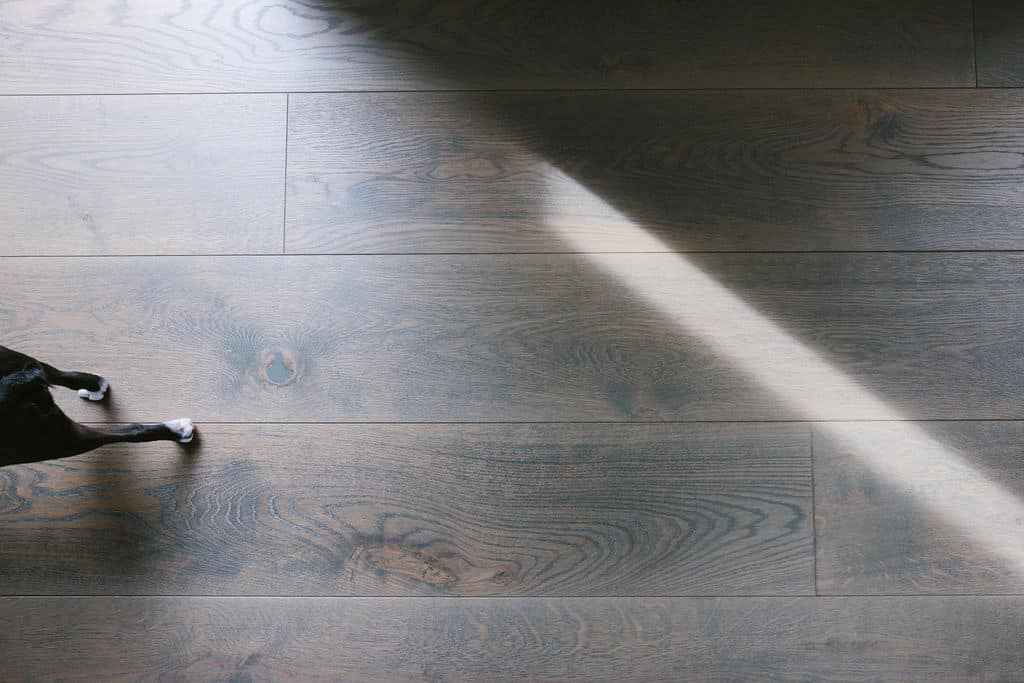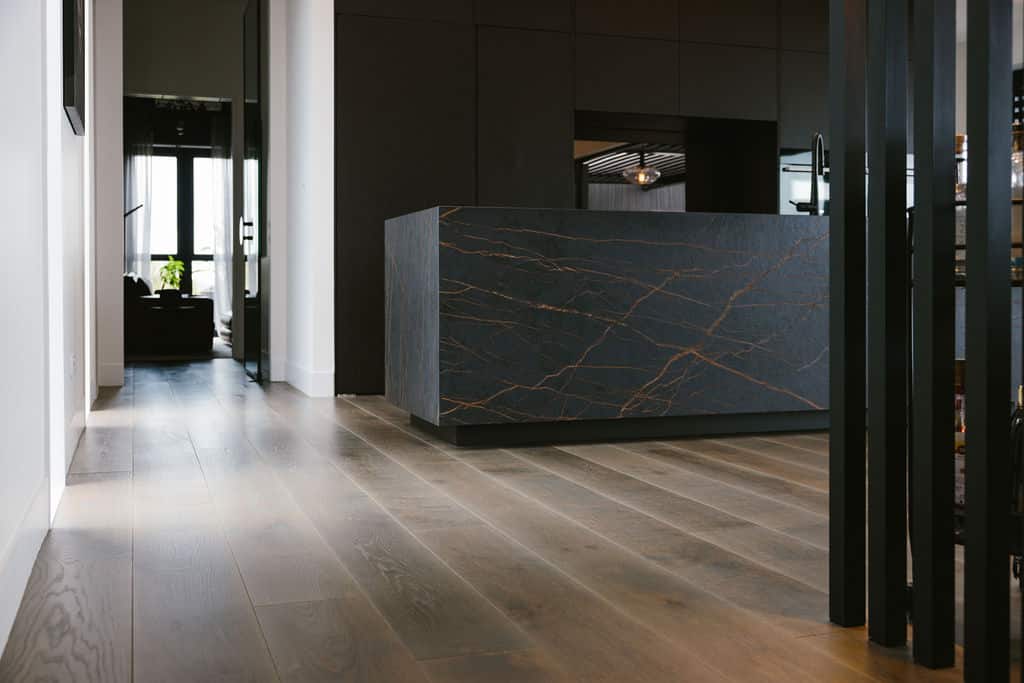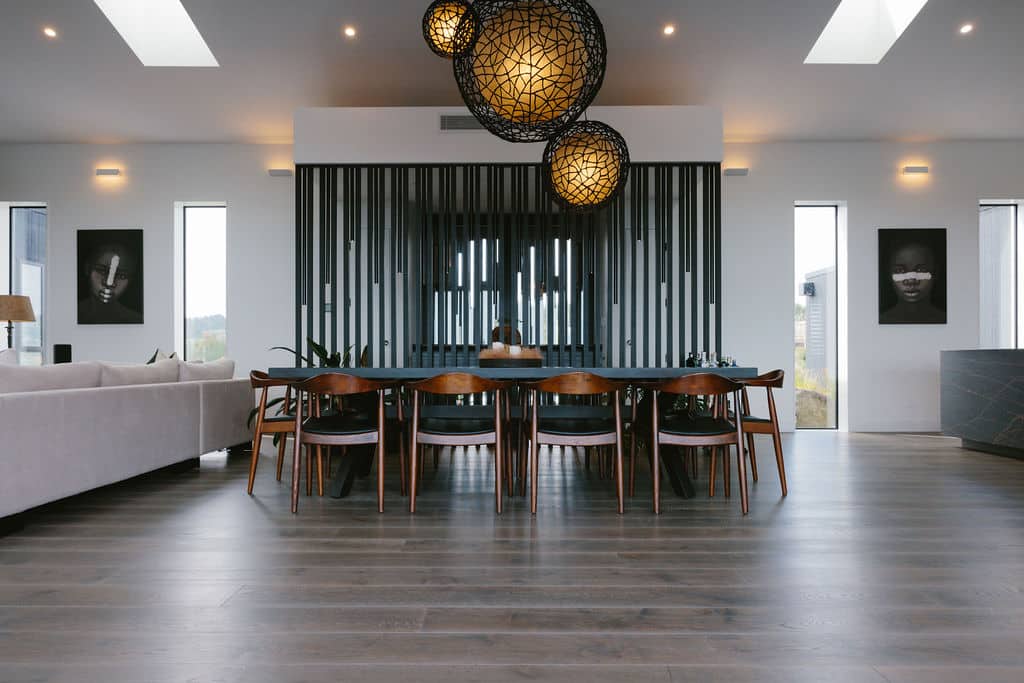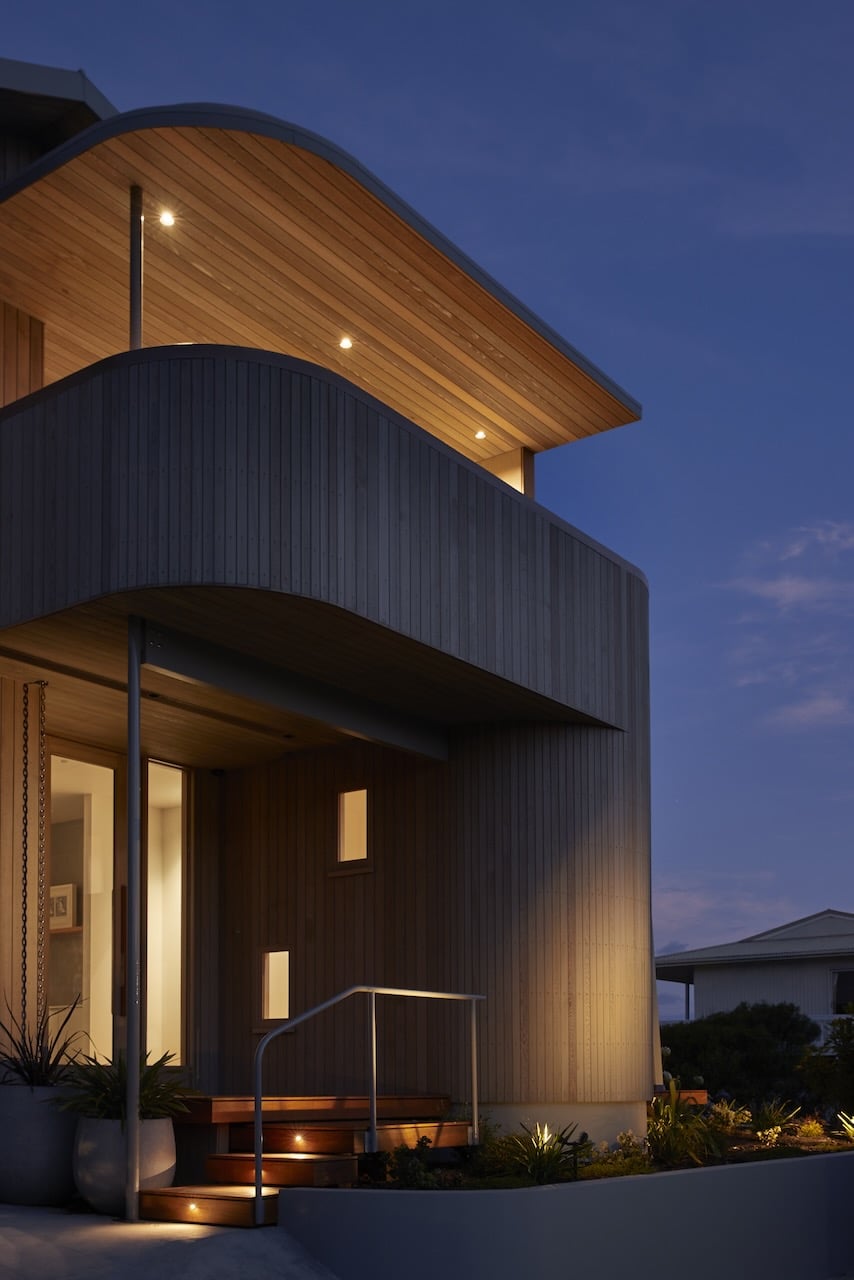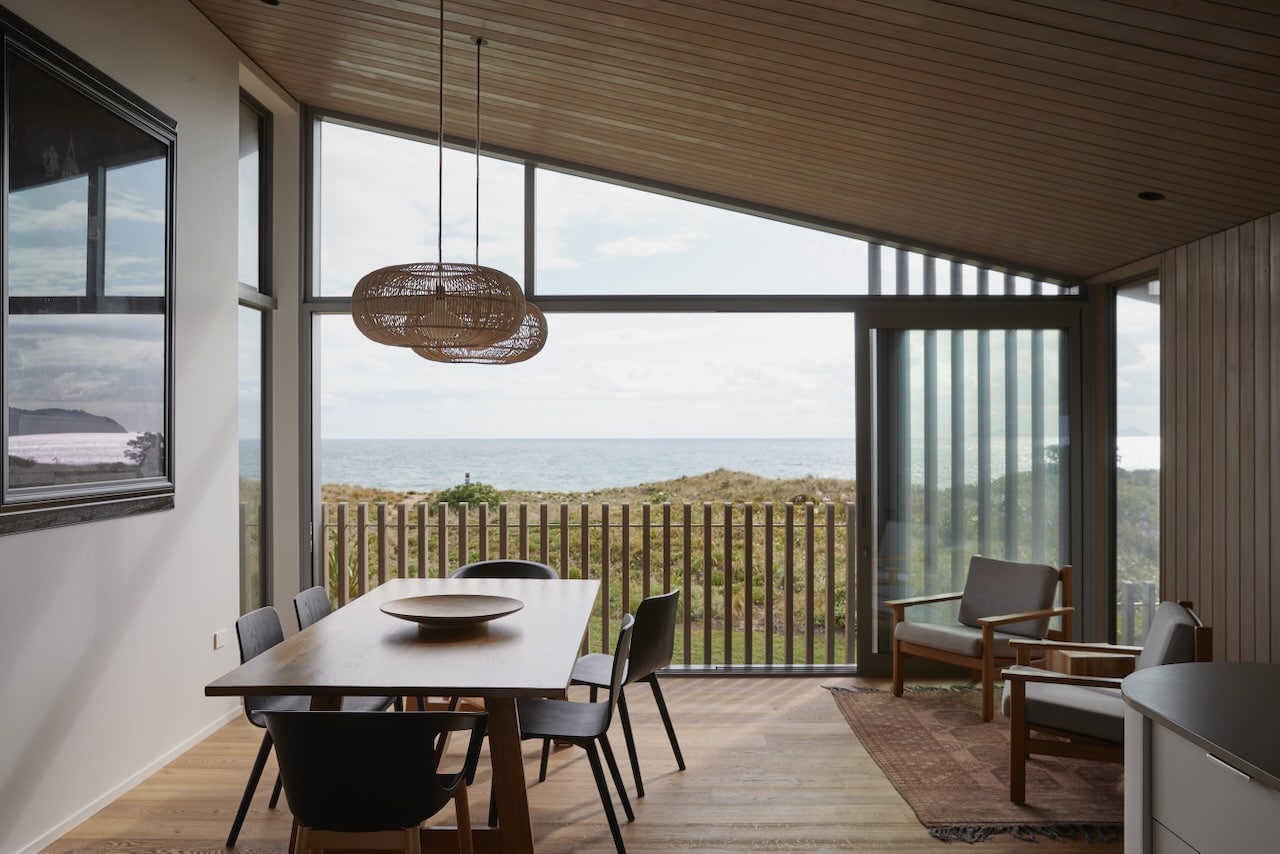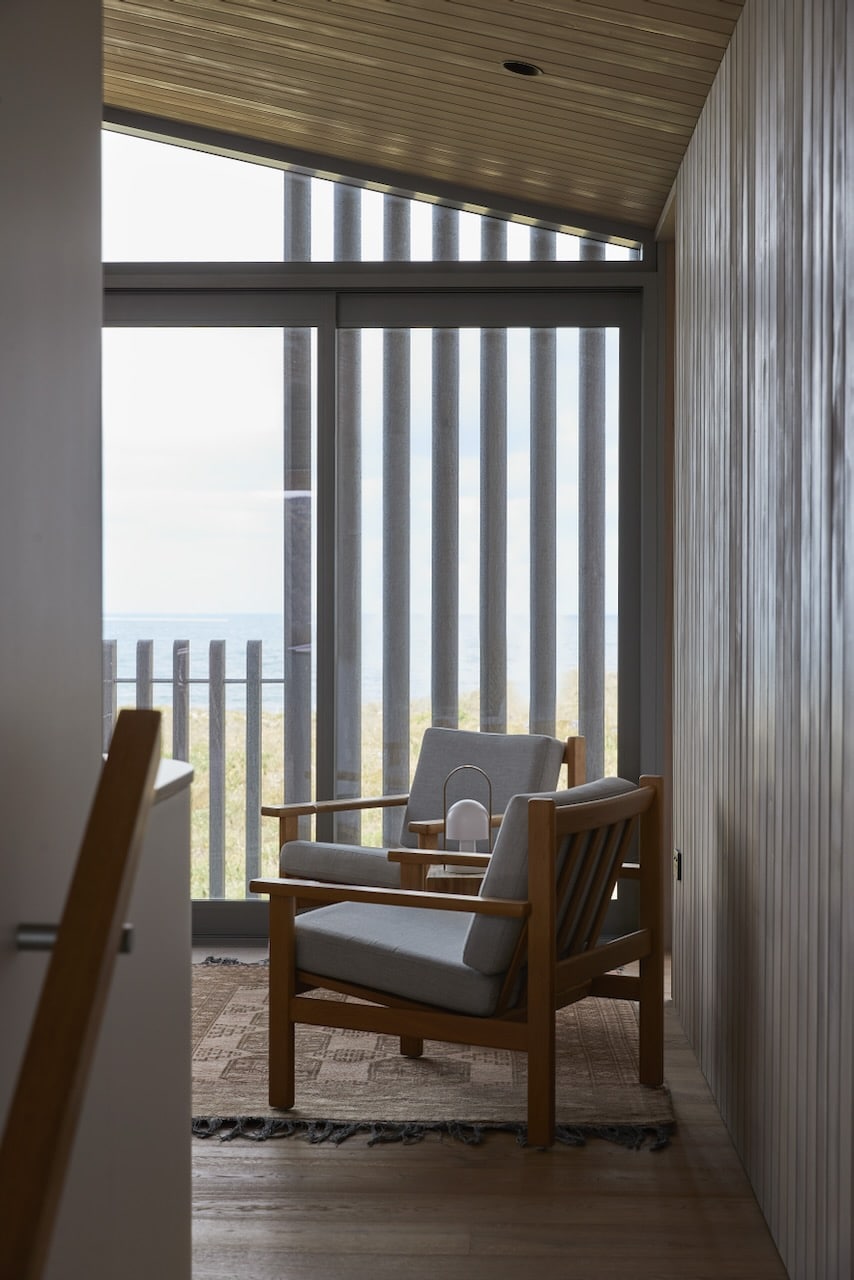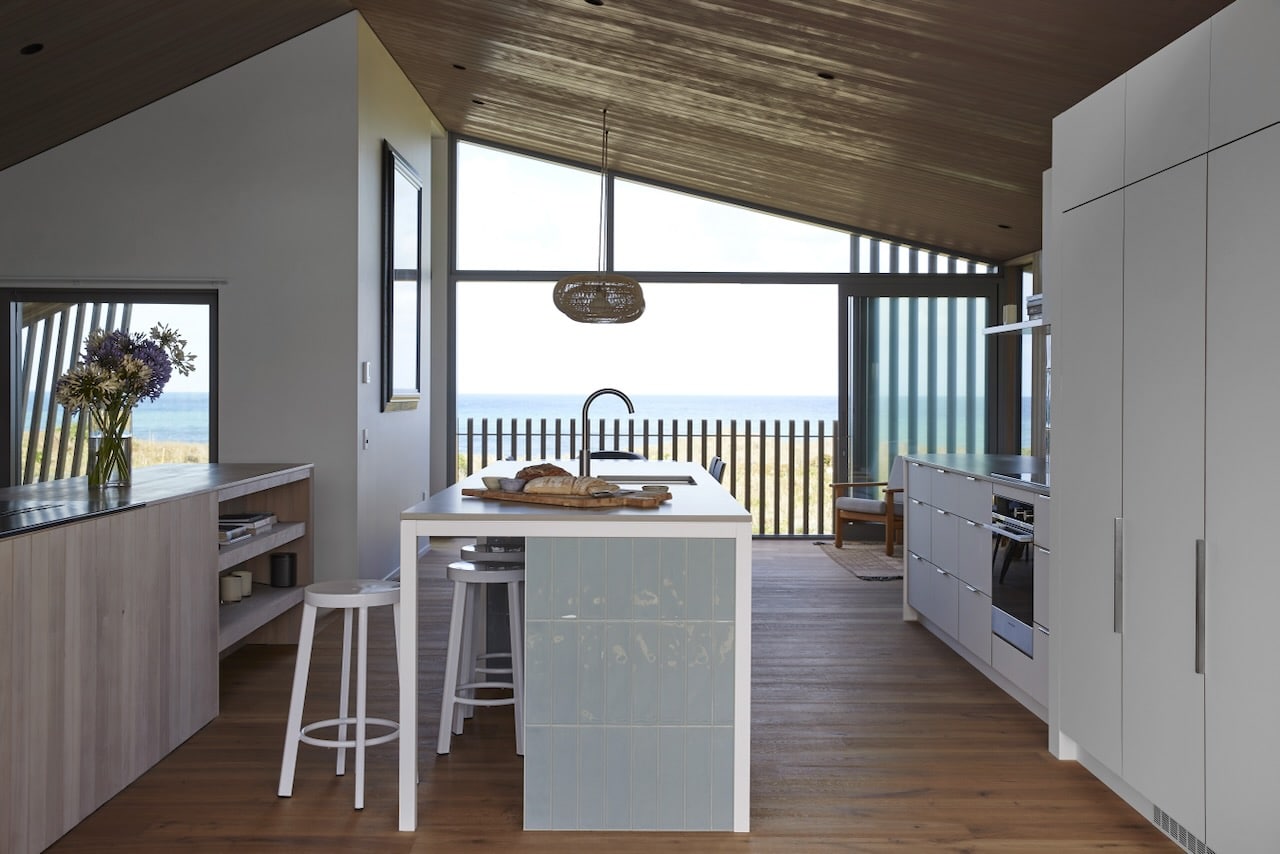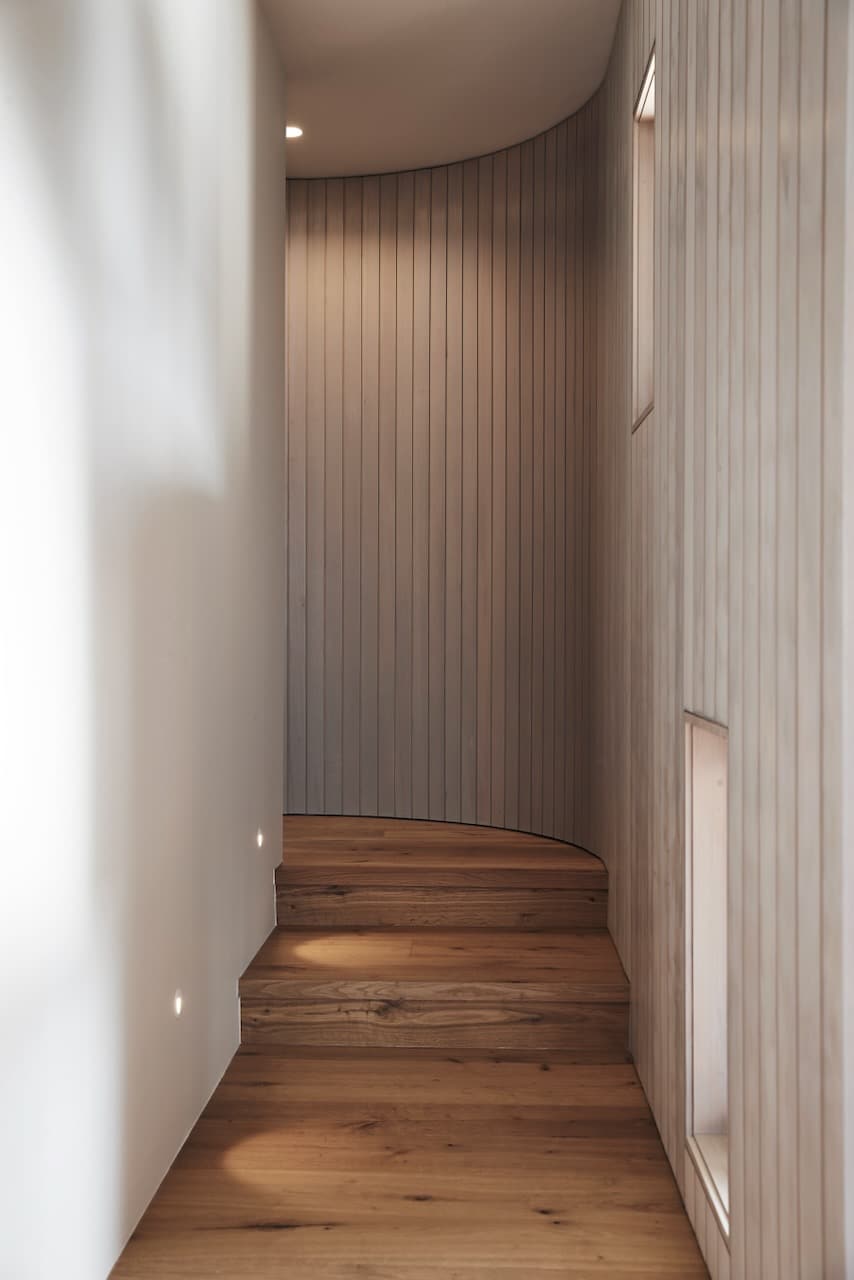Sustainable and Compliant Oiled Timber Flooring in Whitford
Product Overview
The selected oak flooring for the Whitford project is treated with hard-wax oil, enhancing the natural beauty and durability of the wood. Hard wax oils penetrate the wood, providing robust protection against wear and moisture, while maintaining the wood’s breathability. This treatment ensures a longer lifespan and easier maintenance compared to traditional finishes.
Benefits of an Oiled Floor
An oiled floor can offer a number of benefits over alternatives, but the main considerations for the client were:
- Option to “tint” the colour of the floor through the oil maintenance process. If a darker hue is desired, a tint can be added to the maintenance oil.
- The enhanced natural beauty. People generally sense the look and feel of naturally oiled timber if given the option.
- Improved durability and longevity. With the correct maintenance, oiled floors are known to last…. well…. centuries, however most alternative require a sanding and refinishing coat to extend the life.
- Eco-friendly and safe. Hard wax oils are derived from plant oils and in this case the oil carries a zero VOC certification.
Read about the differences between oiled and lacquered floors here.
Contrary to common belief, oiled floors can comply with the E3 Building Standard, which focuses on interior moisture management and surface finishes. The Whitford project demonstrates that with the correct application and maintenance, oiled timber floors meet these standards effectively, offering an alternative to the more common lacquered finishes. The project used the Parabond Parquet 440 adhesive, which plays a crucial role in compliance by acting as a moisture vapour barrier when used with a suitable primer, even on damp substrates.
Technical Specifications of Parabond Parquet 440 Adhesive
Parabond Parquet 440 is a high-performance adhesive designed for wood floors, providing an excellent bond and flexibility that accommodates natural wood movement. Notable characteristics include:
- Composition: Solvent-free, isocyanate-free, and phthalate-free hybrid polymer.
- VOC Emissions: Rated EC1plus for very low emissions, ensuring indoor air quality and compliance with stringent environmental standards.
- Suitability as a Vapour Barrier: When applied correctly, it acts as an effective moisture barrier, crucial for installations over concrete or where moisture might be a concern.
Sustainability Considerations
Both the engineered oak flooring and the Parabond Parquet 440 adhesive contribute to the project’s sustainability profile:
- Engineered Oak Flooring: Features a no-added-formaldehyde construction and an FSC certification, ensuring the wood is sourced from responsibly managed forests.
- Parabond Parquet 440 Adhesive: Carries a zero VOC rating and does not contain any carcinogenic, mutagenic, or reprotoxic substances. It is compliant with GEV-EMICODE EC1 Plus, indicating the lowest possible emission levels.
The Whitford project by Vienna Woods exemplifies how sustainable practices can be seamlessly integrated with technical excellence in modern flooring installations. By using materials like the FSC-certified engineered oak and eco-friendly adhesives such as Parabond Parquet 440, Vienna Woods not only meets regulatory compliance but also addresses the growing demand for environmentally responsible building materials.
Images // Jo Currie
You may be interested in these articles….
Why Choose an Oiled Timber Floor?
The Different Finishes Available for Engineered Timber Flooring
